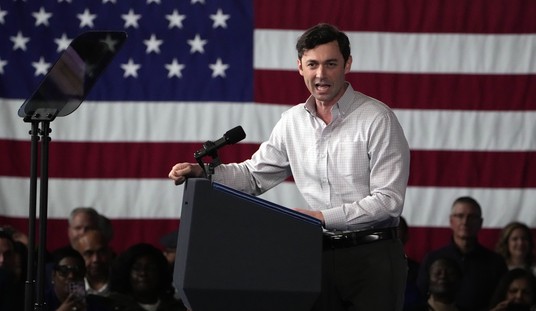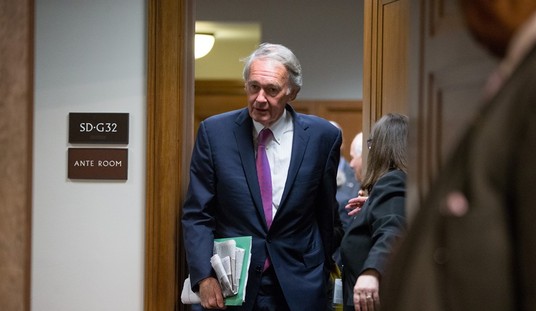America has the highest incarceration rates in the world, and the price tag for keeping felonious Americans behind bars is over $200 billion, including police and judicial costs. A new study explains why this is the case: mass, localized incarceration.
“Hot spots for incarceration are hardly random; instead, they are systematically predicted by key social characteristics,” writes Harvard University sociologist Robert Sampson and his graduate assistant, Charles Loeffler. Their work was published in the American Academy of Arts and Sciences, as published in its journal, Daedalus. “In particular, the combination of poverty, unemployment, family disruption, and racial isolation is bound up with high levels of incarceration even when adjusting for the rate of crime that a community experiences.”
Lest you be concerned that Sampson and Loeffler are stating the obvious – that poverty breeds crime, and that crime is concentrated in certain areas – they go one step further. Why are these areas plagued by more crime over the long-term?
“I think it’s more deep rooted in terms of disadvantages communities face,” said Sampson. “It’s more complex than simple discrimination… incarceration is seen as more normal.”
In other words, a culture where half of the adult males are imprisoned makes youngsters think of it as a realistic occurrence in their own lives. Uprooting that mentality is more challenging than one might think.
Recommended
“I think there’s two general approaches, one is to say, lets move people out, give them vouchers or blow up the housing projects like they did in Chicago, or one can try and stabilize the communities and invest in the communities,” said Sampson. He favors the second option.
But the first – tried in Chicago in the late 90’s – was seen as one way to cure the spate of relentless crime and violence in an area that seemed beyond repair. Replacing those projects with mixed-income housing proved to have its own set of problems, and the city is still struggling with the plan’s implementation.
One upside to concentrated crime is it allows for new methods of prevention, as with new community initiatives or methods of punishment. For example, quicker, shorter stays in prison have been proven to be more effective than longer stays after repeat offenses. Another method – popularized by the Atlantic writer Graeme Woods – suggests replacing prisons with GPS monitors to bring down costs and provide better services.
“Devices such as the ExacuTrack... suggest a revolutionary possibility: that we might turn the conventional prison system inside out for a substantial number of inmates, doing away with the current, expensive array of guards and cells and fences, in favor of a regimen of close, constant surveillance on the outside and swift, certain punishment for any deviations from an established, legally unobjectionable routine,” wrote Woods, in the September issue of The Atlantic.
Loeffler also said that community-based initiatives – where residents spearhead their own efforts to promote reform – could be one of the best ways to enact change.

























Join the conversation as a VIP Member